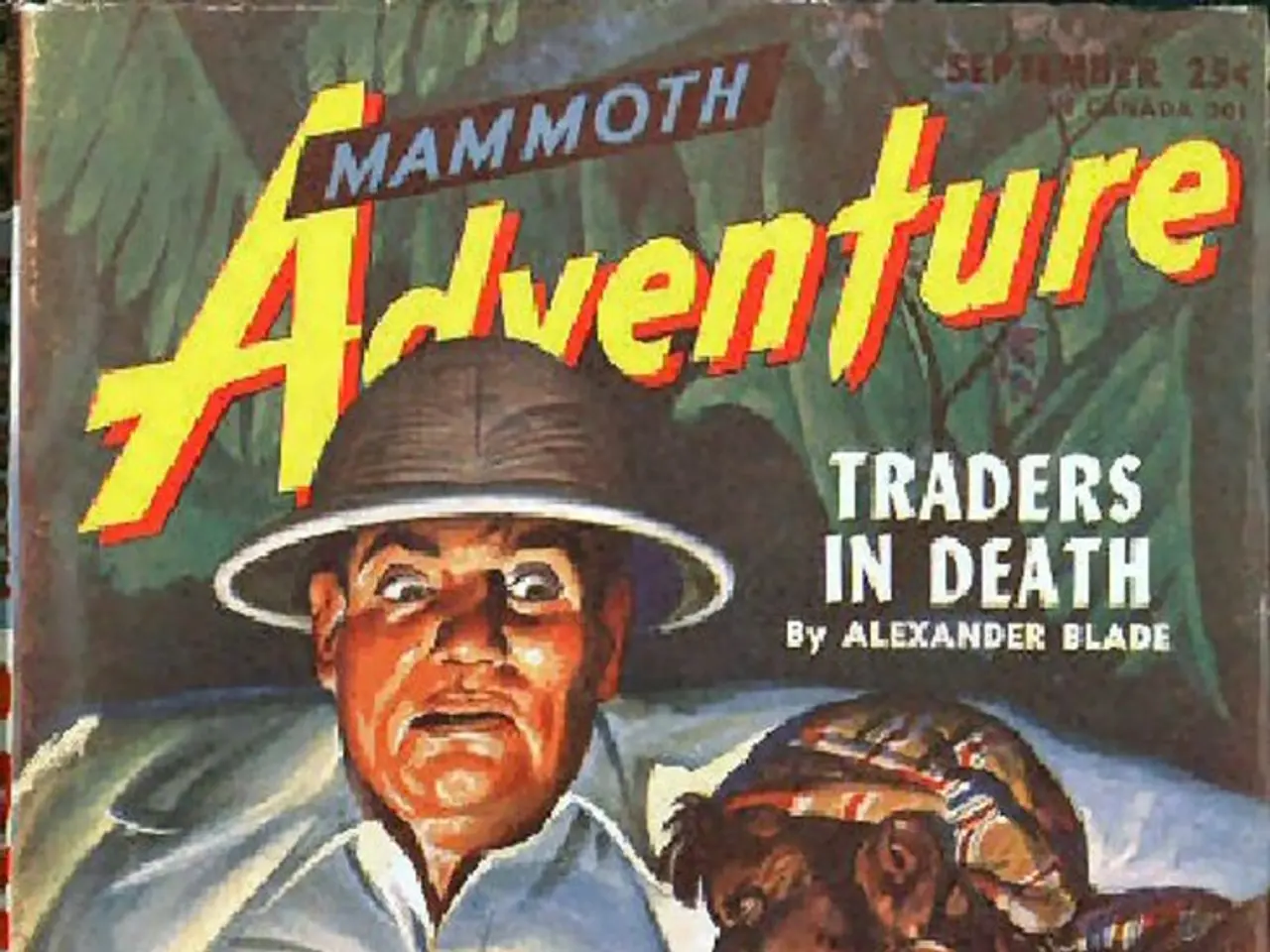Resurrected Digital Icons: A Look at Deceased Celebrities Revived in the Digital Realm
Digital Resurrection of Celebrities: A Growing Trend with Ethical Implications
In the realm of entertainment, technology has been pushing boundaries, with one intriguing development being the digital resurrection of celebrities. This practice, which involves the use of advanced technologies such as artificial intelligence (AI), computer-generated imagery (CGI), deepfake technology, motion capture, voice synthesis, and 3D modeling, is gaining popularity.
One of the most notable instances of this trend was Tupac Shakur's appearance at Coachella 2012, where he shared the stage with Snoop Dogg and Dr. Dre. The performance, made possible through the Pepper's Ghost technique and CGI, was a spectacle that left many in awe. Similarly, Michael Jackson made a virtual comeback in 2014 at the Billboard music awards, performing his new single "Slave to the Rhythm" using the same technique.
However, this practice isn't without controversy. Orville Redenbacher's resurrection to star in a gourmet popcorn commercial in 2007 was met with criticism for diving into the uncanny valley. Audrey Hepburn also returned in a commercial for Galaxy Chocolate using a combination of CGI and a body double.
The question of whether digital immortality is ethical or appropriate is a complex one. Concerns include the lack of consent from the deceased, potential manipulation of their image, and the preservation of their legacy. There are also legal and ownership issues to consider, as rights to a celebrity’s likeness and voice can be complex and vary by jurisdiction.
The use of a deceased celebrity's image raises questions about respect for their legacy. Some fear that synthetic portrayals, facilitated by realistic but synthetic technologies, might diverge from the individual's values. There are also concerns about the cultural and psychological impacts of digital resurrection, with some arguing that it blurs boundaries between memory, mourning, entertainment, and commercialization.
On the other hand, some argue that listening to music or watching movies created by the deceased is a form of resurrection in its own way. Others find comfort in digitally recreated interactions with deceased loved ones or idols, while others worry these technologies might hinder grief resolution or foster unhealthy attachments to artificial entities.
Despite the ethical debates, the trend of digital resurrection continues to grow. Companies like Hollo and Realbotix have developed AI-driven personas of late stars such as Suzanne Somers, enabling their participation in new projects or reboots of classic shows using synthesized voices and facial expressions. Legal frameworks, like California’s A.B. 1836 law effective from January 2025, are expanding post-mortem publicity rights to cover AI-generated digital replicas, giving estates control over how these digital likenesses are used and allowing monetization opportunities while aiming to prevent unauthorized deepfakes.
As technology advances, it's essential to navigate the ethical implications thoughtfully. The digital resurrection of celebrities is a fascinating development, but it's crucial to ensure that it respects the deceased's legacy and the feelings of their fans.
[1] Digital Trends. (2021, February 16). How AI is bringing back dead celebrities. Retrieved from https://www.digitaltrends.com/cool-tech/ai-celebrity-resurrection/
[2] O'Reilly, C. (2020, December 10). The ethics of digital resurrection: A growing trend with ethical implications. Retrieved from https://www.forbes.com/sites/christopheroreilly/2020/12/10/the-ethics-of-digital-resurrection-a-growing-trend-with-ethical-implications/?sh=759165d67e7a
[3] Bilton, N. (2019, July 29). The ethics of making dead celebrities perform again. Retrieved from https://www.theverge.com/2019/7/29/20749999/hologram-tupac-coachella-ethics-digital-resurrection-celebrities
[4] Cunningham, S. (2019, August 19). The ethics of holographic concerts: Tupac, Michael Jackson, and the digital resurrection of celebrities. Retrieved from https://www.washingtonpost.com/technology/2019/08/19/ethics-holographic-concerts-tupac-michael-jackson-digital-resurrection-celebrities/
- The growing trend of digital resurrection in pop-culture, as exemplified by appearances of deceased celebrities like Tupac Shakur and Michael Jackson, raises questions about entertainment, commercialization, and the ethical implications of using advanced technologies.
- The digital resurrection of celebrities, such as Orville Redenbacher and Audrey Hepburn, has sparked debates about cultural and psychological impacts, ethics, and the proper preservation of a celebrity's legacy in pop-culture.







